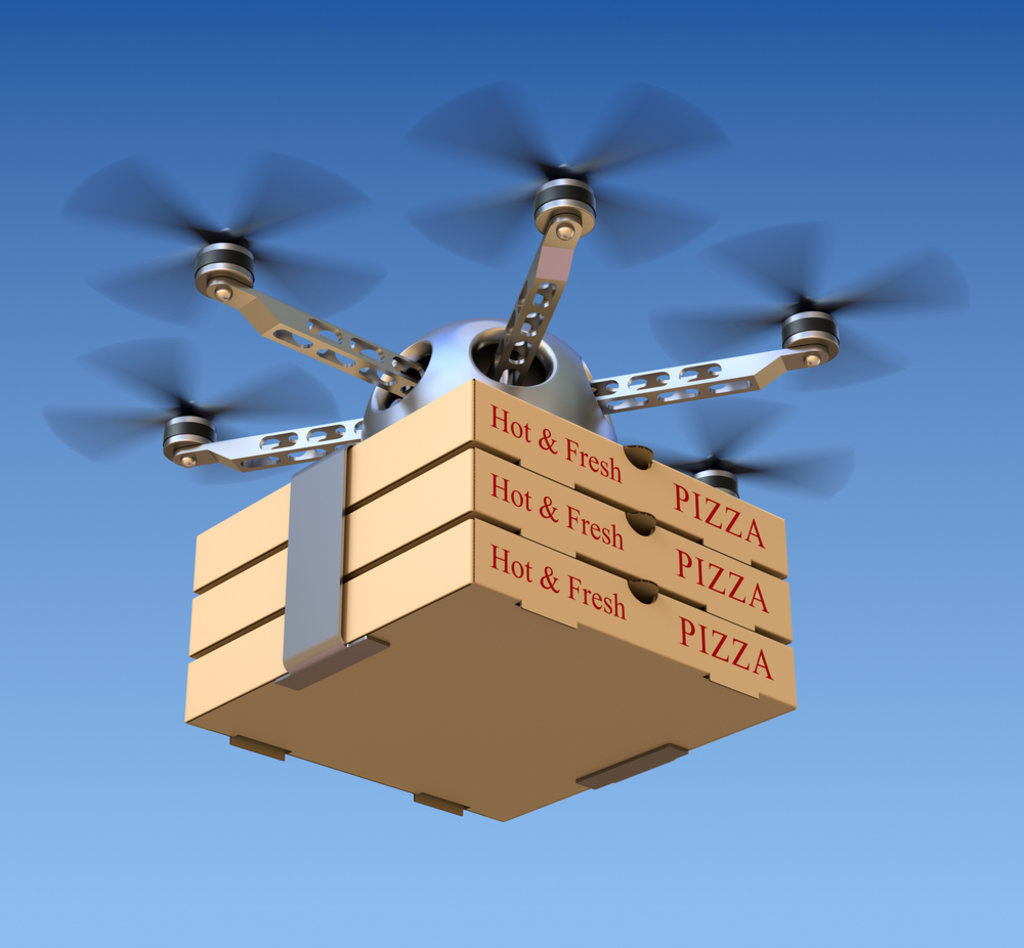Current discussions about the environments we live in and the technology that spurs such changes relate mostly to the urbanization and immense growth of our cities. Reasons are simple; cities offer increased job opportunities, unparalleled access to goods and services, and a social life that is nearly unimaginable in a rural setting. While I wholeheartedly agree that city living brings many advantages with it and simplifies life, I recently came across a TED talk that introduced a completely different standpoint. The talk was given by Julio Gil, an Industrial Engineering Manager in the Innovation and Advanced Technology Group at UPS.
Gil begins his TED talk by stating a number of facts or predictions. For example, he introduces the prediction that 66% of the world’s population will live in cities by 2050 (currently over 50% already). He mentions that problems such as inequality, congestion, and crime will only worsen if we do not plan for the increased density. While many planners are preparing for these changes, Gil proposes that he believes urbanization will soon ‘reach the end of its cycle’. He justifies this by providing examples to illustrate that socioeconomic trends have changed often throughout history (i.e. people roamed the land until they settled in farms, and farmed until the industrial revolution). The change in socioeconomic trends, as Gil believes, is a direct result of technical innovation.
So, how does Julio Gil expect the shift from city life to the countryside to happen? The TED talk breaks down the three aforementioned reasons/advantages for city life, explaining why the benefits are also achievable from the countryside:
- More jobs and career opportunities:
A study by Global Workplace Analytics states that more than 80% of the US workforce would like to work from home. If 50% of those workers would telework, over $500bn would be saved. It could also reduce greenhouse gases by 54 million tons per year, which is the same as removing 10 million cars off the streets for one year. Two technologies solve the issue of the isolating, uncomfortable experience of teleworking:
- Augmented reality: This technology allows people to take their office with them; it only requires a wearable computer and a pair of smart glasses.
- Telepresence robots: Currently, telepresence robots are like ‘tablets on sticks’. In the near future, however, augmented reality will be combined with these robots to produce lifelike holograms.
- Access to services and goods:
Most, if not all, access to services and goods can be done online nowadays. The global market for e-commerce is expected to reach $2.38bn by the end of 2017, according to eMarketer. However, city density is great for deliveries (low costs and travel distances). A truck traveling to the countryside is cost and time-intensive. However, Gil proposes that a ‘vehicle carrying a squadron of drones’ will make e-commerce services to the countryside more affordable and efficient in the future. The truck will perform some deliveries, while drones do the rest (flying back and forth) as the truck moves.
- Rich social life
People are already socializing (chatting, gossiping, flirting, etc.) online from the comfort of their own homes. Through social media, we are highly connected with friends around us, although of course not entirely. Gil understands that people still require human contact, but argues that densely populated cities are not great environments for this. He states, ‘As social groups become smaller, they grow stronger.’ Furthermore, as more people move to the countryside, goods and services businesses in rural areas will thrive.
Although skeptics (including myself) may claim that the changes in urbanization are still many years away, Gil has proven that although not yet fully developed, the technology systems are very close to being complete. Gil himself lives in a small village, and can attest to the fact that it improves quality of living significantly, while still allowing him to work at UPS.
Is teleworking really the future of office life? Will drones be delivering products to our doorsteps? Do you think the future of technology will draw more people to cities or allow them to move away from them? The thoughts presented by Julio Gil are an interesting take on the continuous development of technology. Let me know in the comments what your views are, and please watch the TED talk by clicking on the link below!
References
TED Conferences (2017). Future tech will give you the benefits of city life anywhere. Available at: https://www.ted.com/talks/julio_gil_future_tech_will_give_you_the_benefits_of_city_life_anywhere [Accessed 14 Oct. 2017].

